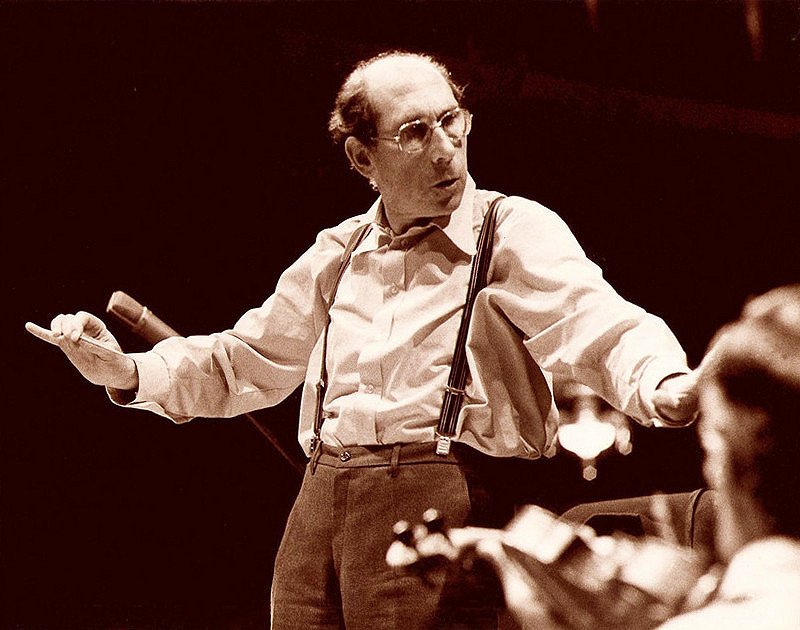
Now here’s an odd thing. This morning I was washing up a few cooking utensils in the kitchen – a dreary task if ever there was one. In fact, I wouldn’t have been washing them at all, if a rat hadn’t gnawed through the electric cables at the back of the dishwasher a few years ago, thus rendering the machine useless. How the rat escaped without being electrocuted I’ll never know, but it appeared triumphantly a couple of days later. I thought about buying a new one (a dish washer, not a rat) but then decided that it was not worth the expense. In any case, not having one was a roundabout justification for not bothering to give dinner parties.
Now then, where was I? (Search me. – Ed.) Oh yes, kitchen utensils. On the back of it (a black plastic spatula, since you asked) were the words “Made in Portugal.” I had never before associated Portugal with small items of kitchen equipment and I began to wonder what other desirable objects Portugal has given the world. A quick Internet search revealed that Portugal’s top three exports today include – somewhat surprisingly – cars, motor vehicle parts and petroleum oils. Who would have guessed?
If your knowledge of European history is half-decent you’ll recall that during the fifteenth and sixteenth centuries Portugal was one of the world’s major economic, political and military powers. During this Age of Discovery, Portuguese explorers pioneered maritime exploration; the country seized on the spice trade and had an enormous cultural and linguistic influence, leaving a legacy of around 250 million Portuguese speakers in the world today. Since the 18th century the country became known for Port, the fortified wine named after the city of Oporto from which it was shipped abroad, especially to Britain.
You’d have thought that during the Age of Discovery, there would also be raft-loads of Portuguese composers writing music to celebrate their country’s achievements. Although there was some music at the Portuguese royal court, most of the action was elsewhere. European musicians traditionally gravitated towards royal courts, centres of learning or culturally-developed cities. That’s where the money and the opportunities were to be found. Aspiring Portuguese musicians of the day drifted off towards the great Spanish cathedrals which provided both training and employment.
During the entire renaissance and baroque periods, there are only a handful of Portuguese composers whose names are still remembered from this backwater in the country’s musical history. It was not until the early years of the 20th century that things began to look up.
Francisco de Lacerda (1869-1934): Almourol. ESML Symphonic Orchestra cond. Vasco Azevedo (Duration: 04:25; Video: 480p)
Just in case you’re wondering, ESML stands for Escola Superior de Música de Lisboa (which hardly requires translation) and this fine performance was given by the college orchestra. Lacerda was born in the Portuguese islands of the Azores which you may recall are a cluster of islands in the North Atlantic about 850 miles west of Portugal. He later studied at Lisbon Conservatoire and in 1895 he headed off to Paris, studied at the Conservatoire there and made contact with the leading musicians of the day. Lacerda led a busy professional life as an orchestral conductor both in Paris and Lisbon. He had little free time to compose, with the result that his output is relatively modest.
Almourol dates from 1926 and is considered one of his finest works. It’s a short symphonic poem in an impressionist style, inspired by the legends that surround Almourol Castle in Portugal. The music has a haunting quality with rich harmonic sonorities, strangely Moorish melodies among the woodwinds and a dramatic climax at about 03:00 after which the music gradually fades away. Almourol Castle is still there, standing on an island in the middle of the River Tagus in central Portugal. It was originally part of the defensive line controlled by the Knights Templar and today it’s a popular tourist attraction.
Joly Braga Santos (1924–1988): Symphony No.1, Op. 9. EPMVC Symphony Orchestra cond. Luís Carvalho (Duration: 38:04; Video: 720p HD)
Braga Santos was Portugal’s leading twentieth century composer and symphonist who also wrote three operas, three ballets, numerous concerti and other orchestral works, choral music, chamber music and film music. He was also a professional conductor and a music producer for Portuguese radio. This brooding, three-movement symphony was written in 1946 when Braga Santos was only twenty-two. It was composed in memory of those fallen during the Second World War and it uses many folk-like melodies, often against a background of sustained strings and effective harmonies. This is attractive and compelling music, sometimes quite moving too and you might notice that it’s heavily influenced by the music of Vaughan Williams and Sibelius. The gloomy, threatening brass chords at 11:09 and the scurrying string passage that follows could almost have been written by that Finnish composer.
The Portuguese seem fond of acronyms. EPMVC stands for Escola Profissional de Música de Viana do Castelo (Vocational School of Music of Viana do Castelo). According to Lonely Planet, the Portuguese city of Viana do Castelo is considered the jewel of the Costa Verde, “blessed with both an appealing medieval centre and lovely beaches just outside the city. The old quarters showcase leafy, nineteenth-century boulevards and narrow lanes, crowded with rococo manors and palaces.” It sounds a lot more inviting than my kitchen.
To watch these YouTube videos, either use your Smartphone to read the QR codes or go to this article online, click on the “live” links and go direct to the videos. If you have a laptop, sound quality can be improved significantly by using headphones or external speakers.





